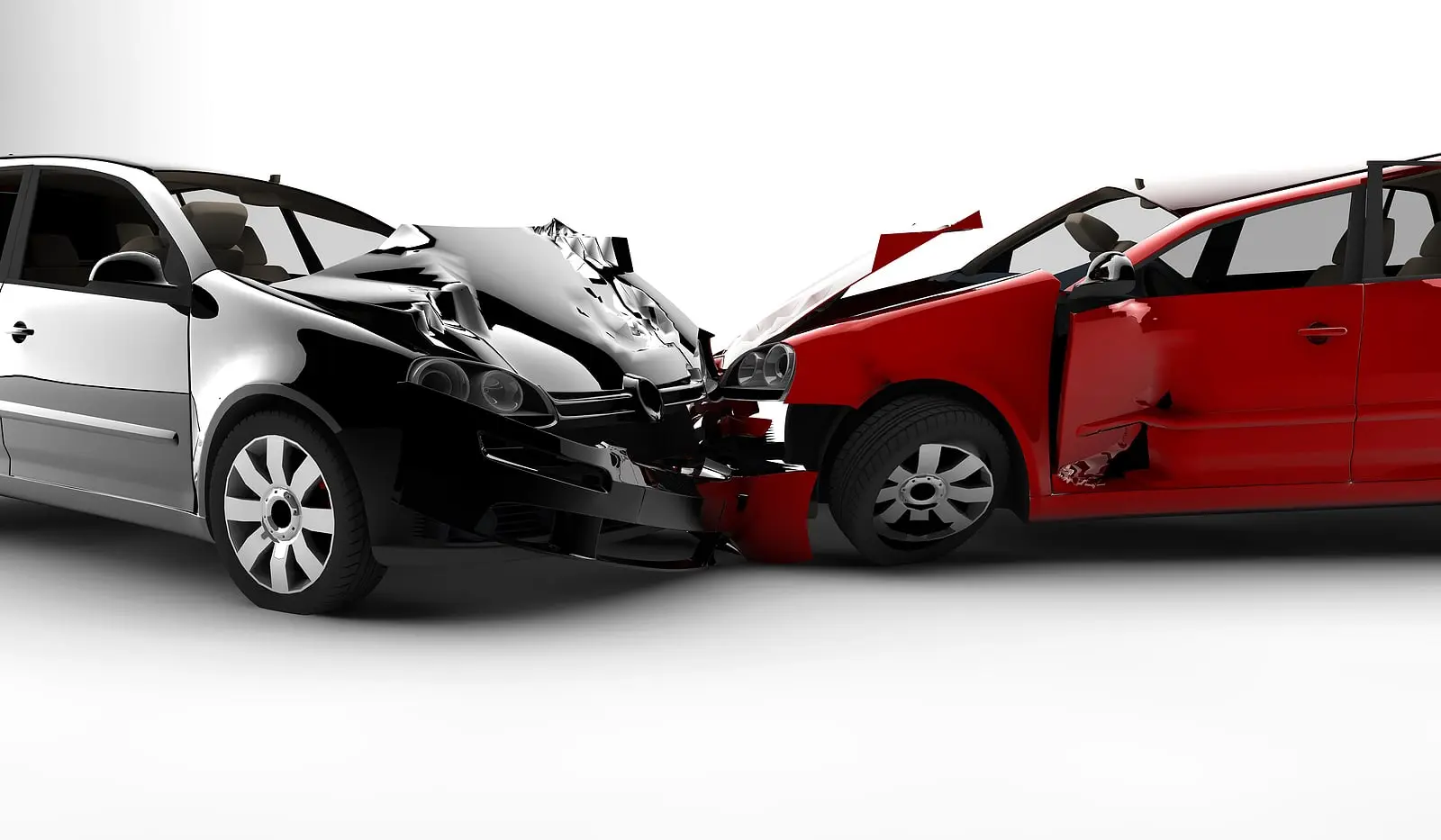The Intricacies of Each Auto Insurance Claim Option
Delving deeper, each of the Auto Insurance Claim Options presents its unique set of benefits and challenges:
Personal Injury Protection (PIP) First: Quick medical bill payments are the hallmark of this option. Due to its no-fault nature, claims are processed faster, making it ideal for one-time care like urgent care visits.
UIM First, then PIP: This option provides avenues for those with significant injuries. With the potential for larger settlements and comprehensive injury coverage, it’s suitable for patients with major injuries not at fault.
Third-Person Claim: When another party is responsible, this option is the primary route. However, medical bill payments aren’t guaranteed, introducing potential financial risks.



